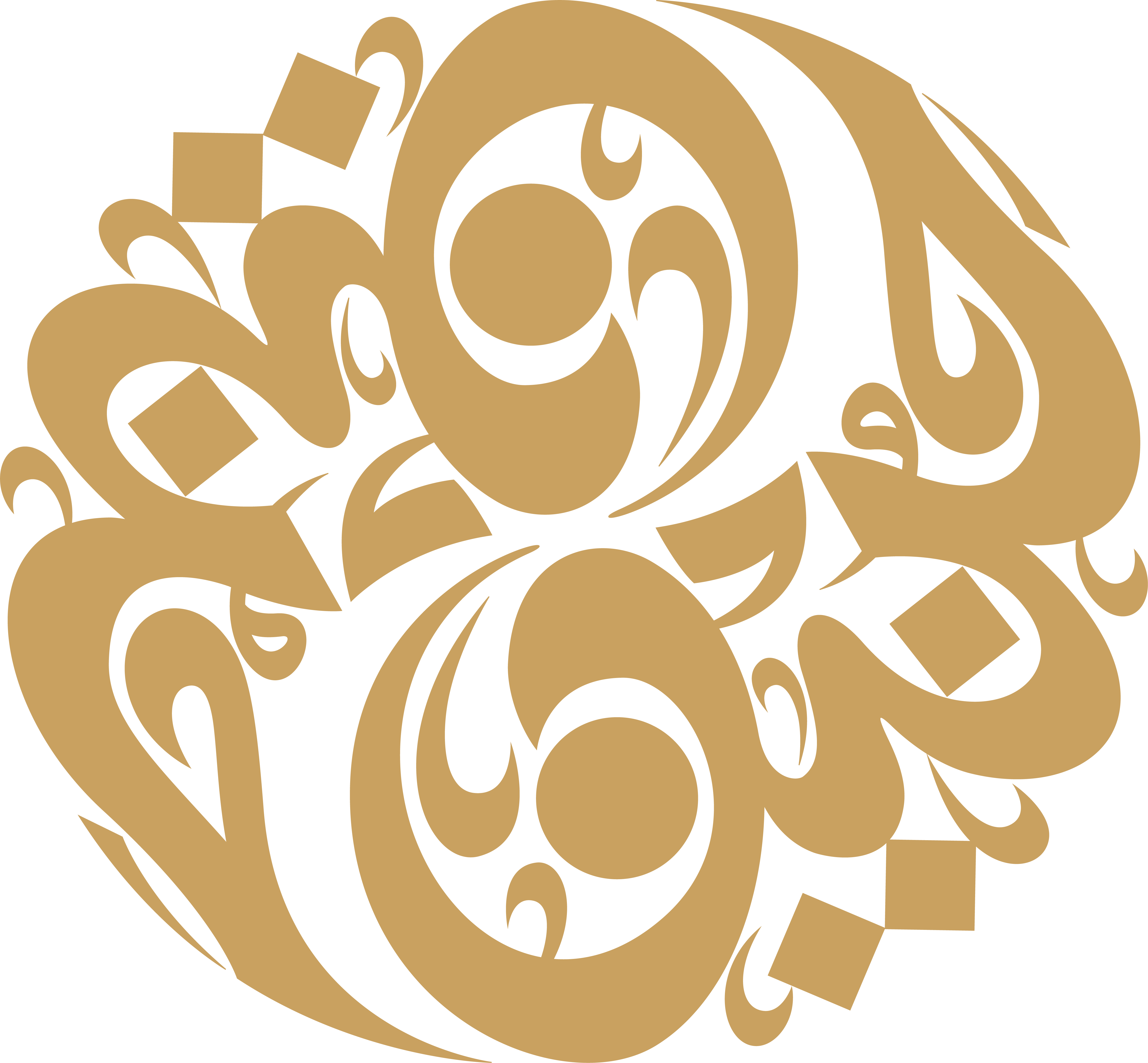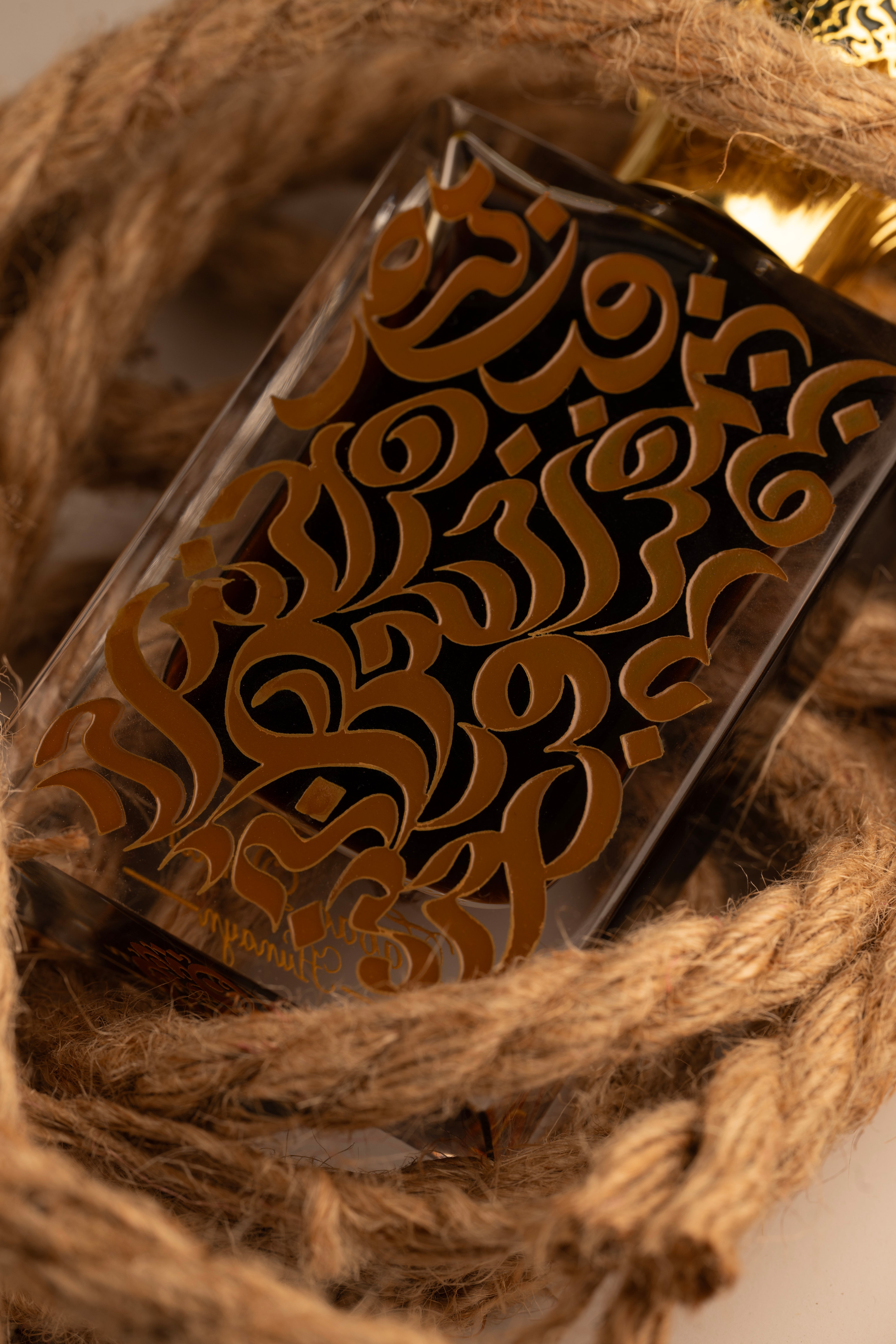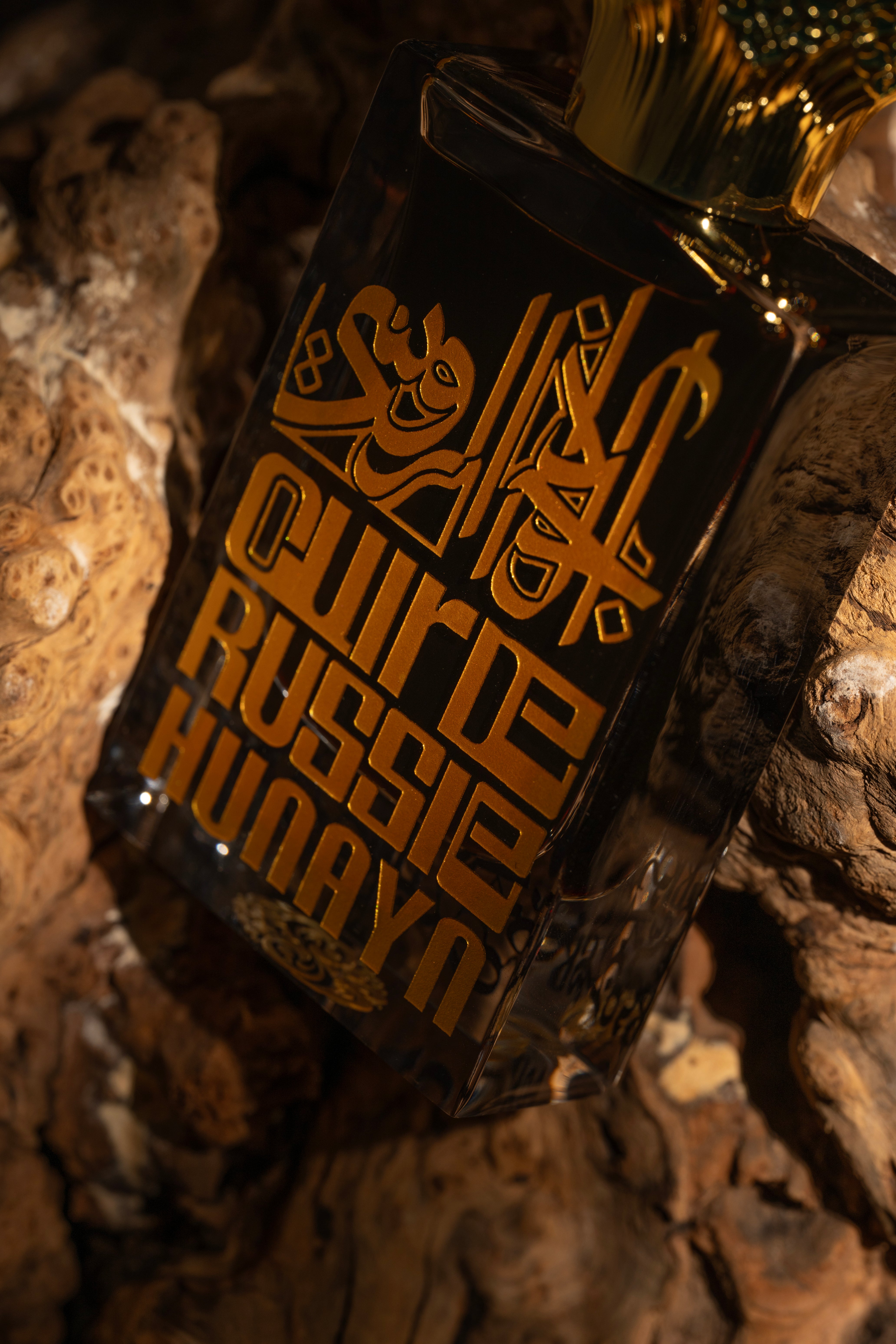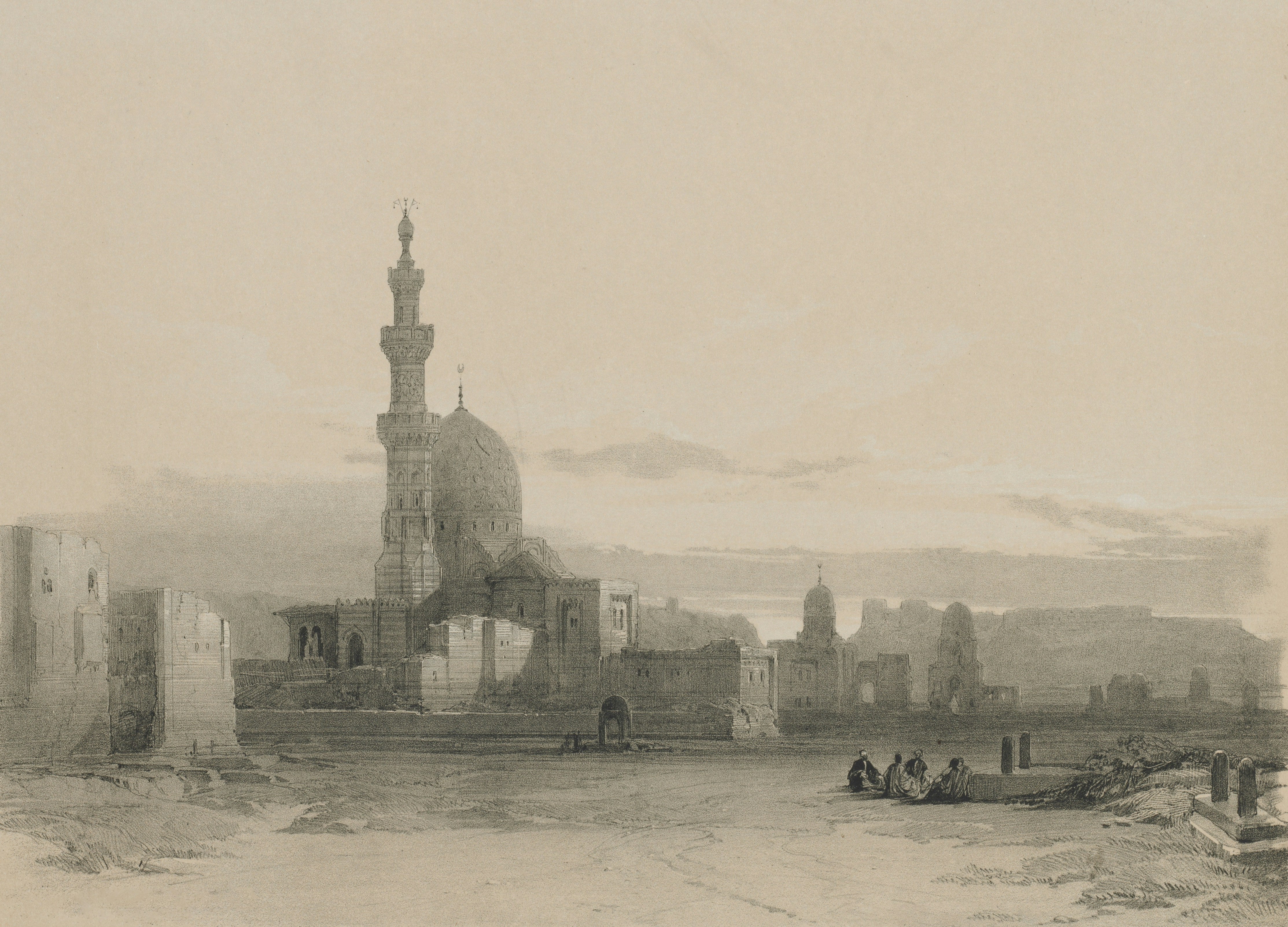
From Conquest to Camphor: The Islamic Transformation of Scent Culture
This is a continuation of our series on the history of perfumery in the Islamic Tradition
Originally produced for Hunayn by Dr. Aliya Ali
When Muslim armies and merchants pushed eastward in the 7th century, they didn’t just conquer new territories, they entered entirely new sensory worlds. One of the most profound transformations sparked by this expansion was in the realm of scent. The Islamic world, once limited to the aromas of the Arabian Peninsula, was suddenly flooded with the exotic perfumes, incense, and botanical treasures of places like India, Persia and beyond.
By the 13th century, this fascination had taken deep root. The writer al-Thaʿalibī marvelled at India, describing it as a place “where the trees are aloes and their leaves give sweet-smelling perfumes.” Such accounts weren’t just poetic, they reflected a real shift in how scent was experienced and valued. What started as rare and luxurious imports, reserved for caliphs and courtiers, gradually filtered through society. Exposure to Indian material culture changed not only what people wore or burned as incense, but also how they understood pleasure, hygiene, medicine, and even paradise. Perfume had become not just a luxury, but a way of life.
Musk: The Scent of Desire and Divinity
Of all the perfumes that captured the imagination of medieval cultures, few were as prized and as mysterious as musk. Rich, earthy, and enduring, musk held a special place not only in fragrance but also in medicine, poetry, and diplomacy. Its scent was considered one of the finest available, and the story behind its origin only added to its allure.
Musk comes from the male musk deer, Moschus moschiferus, native to the high mountain regions of Central Asia, particularly the Himalayas and Tibet. The scent is produced in a small gland located between the deer’s navel and genitals, which fills with a dark, pungent liquid during mating season. Once extracted and dried, the substance turns nearly black and can be used either in liquid or solid form. Though its raw smell is intense and animalic, once diluted, it transforms into something deeply sensual and long-lasting, making it a perfect base note in perfumery.
The earliest references to musk in Islamic culture emerge not from scientific texts, but from pre-Islamic Arabic poetry, where it is associated with desire, luxury, and sensuality. It also appears in the Qur'an (83:26), described as the fragrance of paradise. While the Greeks and Romans had no real knowledge of it, musk was already known in Persia and is mentioned in the Babylonian Talmud as an animal-derived perfume. A gift of 100 mann of musk from the King of Tibet to the Persian ruler Khusraw offers a glimpse of its early value. Similarly, Christian sources from the fourth century mention musk, showing how widely it had spread.
By the early Islamic period, musk had become one of the most luxurious and expensive substances in the Arab world. It was traded across Asia and the Middle East, its routes stretching from Tibet and India to China and the Turkish lands. The most coveted musk came from Tibet, thought to be superior because of the deer’s diet, particularly nard, a local aromatic plant, and the more delicate method of extraction. Tibetan hunters would trap the deer in nets and carefully remove the gland, allowing it to dry naturally. In contrast, Chinese musk was sometimes mixed with blood or other additives, making it less desirable. Indian musk was considered second in quality, and Chinese third.
Not surprisingly, musk played a prominent role in royal diplomacy. When the Byzantine emperor sent a lavish gift to the Abbasid Caliph al-Maʾmūn in the 9th century, the caliph responded with an even grander offering, including 200 ratl of musk and 200 sable skins, the most precious items his empire could offer.
The high demand for musk gave rise to an entire market with various grades, colours and scents. Medieval writers like al-Qalqashandī described up to ten distinct types, and forgery was common. Musk appeared frequently in trade records across the Mediterranean, including in cities like Alexandria and Qayrawān, and was sold in Crusader ports such as Acre. Jewish merchants helped transport it from China to the Islamic world, and numerous fragments from the Cairo Genizah list it among the materia medica of the time.
Beyond its intoxicating aroma, musk was a powerful medicine. Medieval Arabic texts describe it as a "hot and dry" substance with a wide range of therapeutic uses. It was used to treat headaches, heart and brain disorders, sexual weakness, epilepsy, flatulence, and melancholy. It was thought to strengthen the senses, enhance mood, and even prolong life. Ibn Rushd (Averroes), expanding on ideas not covered by Galen, praised its ability to "remove sadness and fear," support the heart, treat fainting spells, and combat melancholia. It was also used in mouthwashes to strengthen the gums.
Musk was more than just a perfume. It was a luxury, a remedy, and a statement of status. Its scent carried with it the winds of high mountain ranges, the secrets of animal instinct, and the ambitions of empires. For centuries, it stood at the centre of olfactory culture in the Islamic world, leaving a legacy that lingers to this day.
Ambergris: Treasure from the Sea
Few substances in the history of perfume have inspired as much fascination as ambergris, a rare treasure born from the depths of the sea, once mistaken for stone or driftwood, but worth more than gold. With its warm, musky sweetness and mysterious origin, ambergris became one of the most coveted ingredients in Arabic perfumery and medicine.
Despite sharing a name in Arabic (ʿanbar) with a semi-precious fossil resin, the perfume ambergris is something entirely different. It originates from the digestive system of the sperm whale, believed to form as a protective secretion around hard, indigestible material. Over time, these waxy lumps are expelled into the sea, where saltwater and sunlight transform them into something fragrant and valuable. Pieces of ambergris could weigh up to five kilograms and were found either floating on the ocean’s surface or washed ashore along tropical coastlines.
Its appeal wasn’t limited to fragrance alone. Ambergris was also used in medicine across the ancient and medieval world. By the tenth century, the scholar al-Masʿūdī reported its presence along the shores of the Levant, and its popularity quickly spread through Arab society. Like musk, ambergris came to symbolise refinement, opulence and exotic luxury. It was among the precious items exchanged between rulers, celebrated in poetry, and burned in palaces and mosques as incense.
One striking example comes from a diplomatic gift exchange in which Amr b. al-Layth al-Ṣaffār sent the Abbasid caliph al-Muʿtaḍid a lavish present: three thousand ratls of musk, a thousand mithqāls of ambergris, and fifty manā of aloe wood. Ambergris was no longer confined to the elite; over time, it filtered through the social classes and became a more common fragrance, imported from distant shores across the Indian Ocean, the coasts of Africa, and the Mediterranean.
There were debates about its origin. Some believed it formed like asphalt on the ocean floor, while others recognised it as a secretion of marine animals. Al-Masʿūdī noted the best ambergris came from the African coastlands of al-Zanj and from southern Arabia, especially the region of Ḥaḍramawt. There, locals either hunted whales to extract the substance directly or scoured the beaches for ambergris brought in by the tide.
Ambergris was known throughout the Islamic world and beyond. The finest variety was called ṣalaḥātī, imported from Sofala in India and recognised by its bluish hue and rich, fatty texture. Al-Qalqashandī listed six distinct types, including al-Maghribī, which reached al-Andalus via Egypt and likely came from whales in the Western Mediterranean. By the eleventh century, its trade was well established, as shown in documents from the Cairo Genizah (a collection of discarded Jewish manuscripts found in a Cairo synagogue, containing everyday records like letters, contracts and shopping lists) which reveal ambergris moving through cities such as Cairo, Qayrawān, Mahdiyya, Alexandria, Palermo and even Spain.
Its medicinal properties were also widely celebrated. Arabic medical texts described ambergris as hot and dry, used to treat everything from headaches and muscle spasms to heart conditions, joint pain, paralysis and mental illness. It was said to strengthen the body and spirit, especially in old age. Recipes in the Genizah mention its use in linctus, ointments and compound preparations.
Ambergris even played a role in religious ritual and high ceremonial practice. The tenth-century scholar al-Tamīmī recounts how the mother of the Abbasid caliph al-Muqtadir created a special blend of musk and ambergris called nadd, which she burned as incense each Friday at the Dome of the Rock in Jerusalem. Her servants would melt it in ben oil to make ghāliya, a legendary perfume mixture described as unparalleled in scent. Similar blends appear in letters describing perfume shipments from North Africa to Alexandria, showing how this ocean-born substance shaped the sensory world of medieval Islam, sacred and secular alike.
Camphor: Coolness, Cleanliness & Care
One of the most important and intriguing ingredients in the world of early Islamic perfumery is camphor. Valued for its sharp, cooling scent and its many medicinal uses, camphor became a staple in both the fragrance trade and early medical practice across the medieval Islamic world. Its journey from distant forests in East Asia to the courts and apothecaries of the Middle East reflects the long-distance networks and deep appreciation for rare, aromatic substances that defined the period.
Camphor comes from the Cinnamomum camphora tree, a tall evergreen native to China and Japan. Every part of the tree contains a fragrant oil, but the most prized product was a white crystalline substance extracted through a steaming process. In East Asia, the tree had long been cultivated and used in medicine, but it was unknown to Greek and Roman physicians. It entered the Islamic world through trade with the East, particularly during and after the Sassanid period.
One popular story tells of Arab soldiers who, upon conquering the Persian city of Ctesiphon in 637 CE, discovered what they thought was salt. Only after using it to bake bread did they realise it was something else entirely, crystals of camphor with a strong, bitter taste. From then on, camphor became widely known in Arab culture. It is even mentioned in the Qur’an (76:5) as a flavour added to drinks in Paradise and was often paired with musk in Arabic poetry as a symbol of elegance and purity.
Writers, travellers and scholars of the medieval period gave detailed descriptions of the tree, noting that it often grew by rivers, reached impressive heights and was harvested at great cost. The process of extraction was so taxing that the tree would often die once its resin was collected. Al-Kindī, the renowned ninth-century philosopher and chemist, recorded one of the earliest known recipes for crystal camphor, describing the end product as white and sugar-like in appearance.
Sources from the time mention several varieties of camphor, with the highest quality coming from a place called Fansur (Barus), in what is now Sumatra. It was also imported from China and India. Medical texts in Arabic praised its therapeutic properties. Ibn Juljul, a physician writing in the tenth century, described it as a resin resembling gum arabic that, once steamed, turned snow-white. It was used to treat fever, liver inflammation and various other ailments. Other sources list camphor in treatments for eye diseases, sore throats, swellings and urinary issues.
Camphor was not only a perfume and a medicine but also a major commodity. It was traded across the Islamic world and into Europe. Jewish merchants, for example, played a role in importing camphor from China. One eleventh-century letter from the Cairo Genizah records the loss of camphor on a merchant’s journey from Alexandria, underlining both its value and the risks involved in transporting such precious goods.
Recognised by Ibn Māsawayh as one of the five most important aromatic substances, camphor held a special place in medieval Arab perfumery. It combined rarity, exotic origins, and a cooling, refined scent that made it not only practical but also deeply symbolic. Its presence in poetry, medicine and trade records shows just how central it was to the olfactory world of the medieval Islamic world.
Agarwood: The Fragrance of Fire & The Forest
Among the most treasured and mysterious scents of the medieval Islamic world was agarwood, known in Arabic as ʿūd hindī or ʿūd al-ṭīb. Rich, smoky and deeply aromatic, agarwood held a special place in perfumery, medicine and courtly culture. Its allure came not just from its powerful fragrance, but from its journey, from distant forests in India and Southeast Asia to the incense burners and perfume flasks of caliphs, poets and physicians.
The Aquilaria agallocha tree, from which agarwood is derived, grows in the tropical regions of South and East Asia. While its appearance is unassuming, the transformation it undergoes is extraordinary. When the tree becomes infected with a particular type of mould, its inner wood turns dark and resinous, producing the rich scent that made it so desirable. This fragrant heartwood could be used directly as incense, or processed into oil and perfume.
According to early sources, including the Greek physician Dioscorides, agarwood was not only used for its scent, but also as a breath freshener and remedy for digestive and liver ailments.
In pre-Islamic Arabia, agarwood was known but not widely used, possibly due to its strong, bitter scent. Its popularity grew after the Islamic conquests, when it became associated with courtly luxury and long-distance trade. Historical accounts tell of Indian rulers sending blocks of agarwood to Persian and later Abbasid courts as prestigious gifts. One famous example records the Indian king sending a basket of high-quality ʿūd to al-Ḥasan ibn Sahl in 825 CE, wood so fine it was said no one had ever seen its equal. When Caliph al-Mutawakkil later fell ill, his physicians recommended using this same agarwood to purify and revive him.
Agarwood from different regions varied in scent and quality, and Arabic sources often classified it by the ports through which it was traded. The most highly prized was the al-mandali variety, likely named after the port of Mandari. Other known types included al-samandrim from near Bombay, al-qumari from the Khmer region, and al-sanfi from eastern Indochina. The demand for agarwood grew steadily throughout the Abbasid period, not only for its role in perfumery but also for its use in scented textiles, hygiene products and pest control.
In Arabic medical texts, agarwood is described as a hot and dry substance, used in treatments ranging from fever and digestive disorders to oral hygiene and sexual health. It was said to freshen the breath, stimulate desire, calm the nerves, and act as a diuretic. Recipes from the Cairo Genizah show it was also used in ointments, linctuses, and treatments for itching, swelling and melancholy.
Agarwood's value was reflected in the scale of its trade. It moved from India and Southeast Asia through ports like Aden and Basra, then on to Egypt, Sicily and the Maghreb. Eleventh-century merchants’ letters describe it being bought and sold between Cairo and Alexandria, packed into heavy bundles, and measured by the mana. For those who could afford it, agarwood offered not only a powerful fragrance, but also a connection to faraway lands and the refined world of elite perfume culture.
The expansion of the Islamic world in the 7th century did more than shift political and religious boundaries it transformed sensory culture. As trade and conquest opened routes to India, East Asia and beyond, substances like ambergris, camphor, agarwood and musk became central to how scent was experienced and understood. These perfumes, once rare and elite, came to shape medicine, devotion, poetry and daily life across the Islamic world. Tracing their journey reveals how Islamic expansion brought not only new ideas and goods, but also a deepened relationship with the world through the senses.





Leave a comment
This site is protected by hCaptcha and the hCaptcha Privacy Policy and Terms of Service apply.